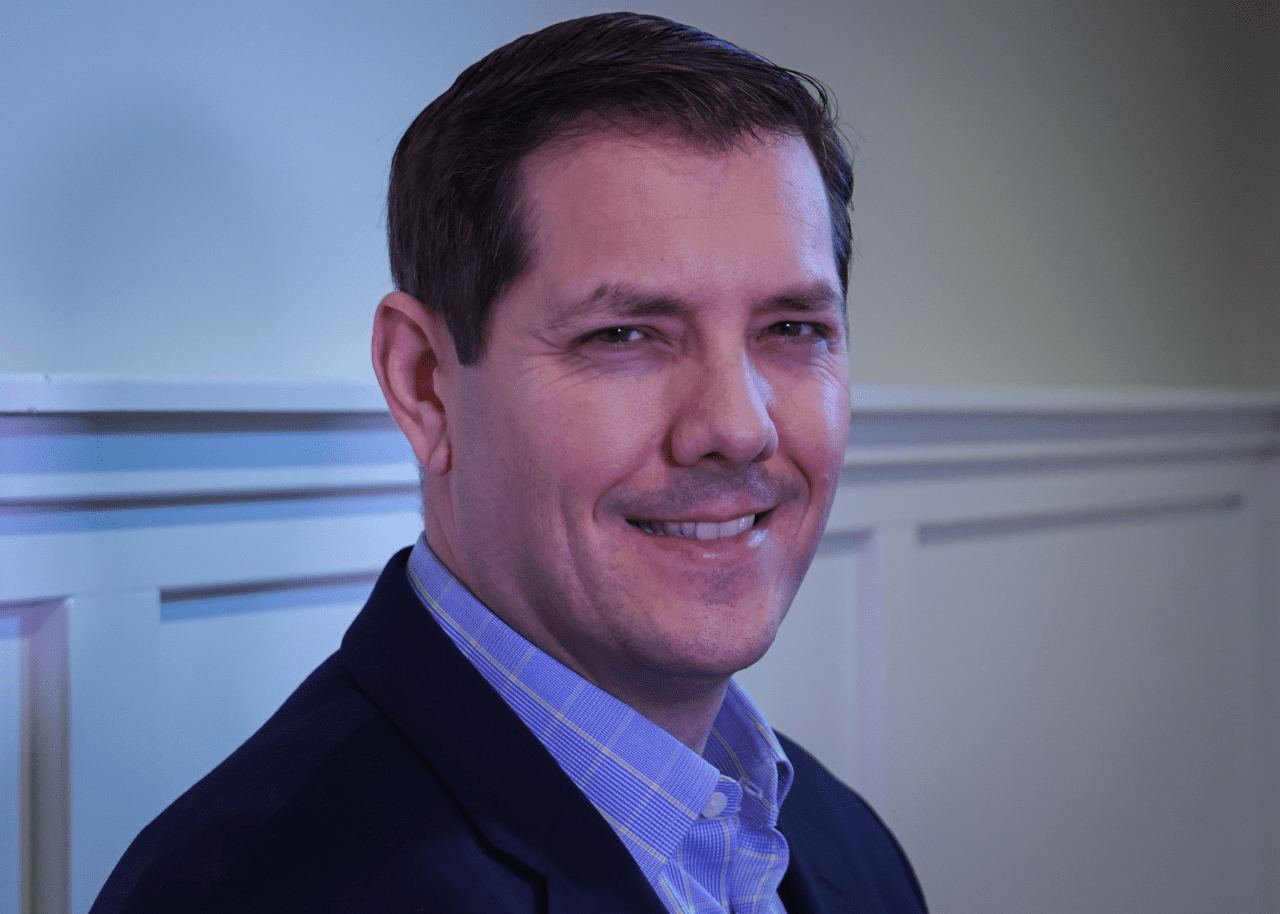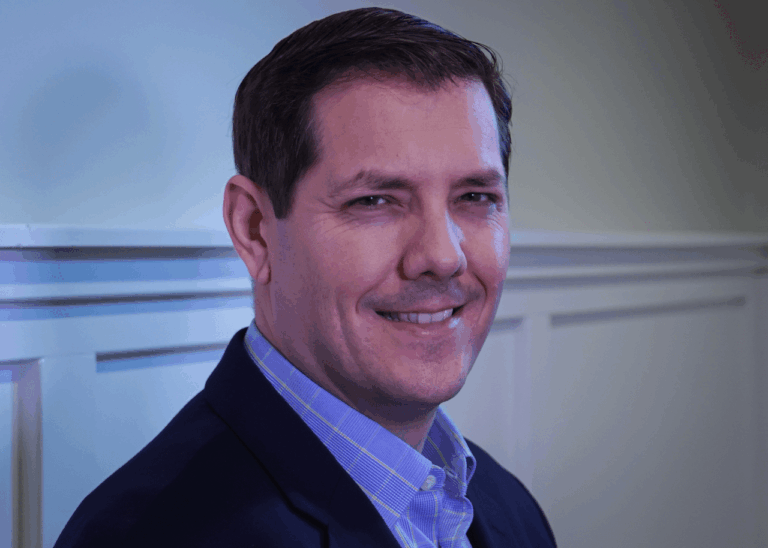Despite significant investments in process, technology, and marketing, the number of Americans buying life insurance and annuities has been on a fairly consistent decline for decades. As of 2024, just 59% of Americans reported owning any type of life insurance, according to data from LIMRA. That rate was once as high as 72%
Various market forces have contributed to this phenomenon, but perceived need among consumers isn’t one of them: Seven in 10 Americans currently say they believe they need life insurance. And although 62% of respondents to the J.D. Power Retirement Plan Digital Experience Study (which evaluates client satisfaction with employer-sponsored retirement plans) said feeling protected from unexpected events was important to their financial wellness, only 45% said they are highly confident they have enough life insurance coverage.
What’s driving the disconnect and how can financial advisors help bridge it? I recently discussed this question with colleagues in Japan. Similar market forces have been at play in that country for decades, yet more than 80% of its consumers have life insurance. Ultimately, we landed on three key points of differentiation in the way life insurance is bought and sold:
● A conservative approach to finances: In Japan, equities ownership accounts for 9.6% of total household assets versus an estimated 32.5% in the U.S.
● Culture of mutual support and collectivism: A focus on the greater good in Japan aligns with a cultural orientation toward protection products, as evidenced by the country’s long-term care benefits available to 17% of citizens age 65 and older.
● Sales approach: Traditionally, life insurance companies in Japan have employed a vast network of agents to sell life insurance with face-to-face personal interactions, via door-to-door and workplace visits.
Contrast those variables with the current positioning of life insurance policies in the U.S.:
● Low rates
● Free quotes and fast approvals
● Licensed life insurance agents available to talk about the products
● An emphasis on leaving money to loved ones
The advisor connection. One problem with the U.S. approach is the assumption that price and process—not lack of understanding—is the main obstacle, especially when our research shows that 36% of U.S. life insurance customers don’t fully understand their policies. Given this, it is unlikely the broader population will intuitively see the value in these types of pitches.
Importantly, the majority of those who do have life insurance coverage got these products outside their advisor relationship. We conclude that when it comes to delivering on the emotional aspect of a life insurance policy, one based on trust, most financial advisors are missing the mark. Advisors and other financial professionals must provide clarity on the specific role life insurance and annuity products play in the context of a larger financial plan. Importantly, that role will differ depending on the client as the typically generic, product feature-driven sales approach doesn’t resonate on an emotional level.
Rather, advisors need to better understand clients’ motivations and create opportunities to discuss these important topics as part of the much larger financial planning process. Life insurance isn’t a traditional asset or commodity; instead, it confers confidence that an individual’s unique wishes will be carried out when they can no longer be there to oversee the process.
Selling life insurance if an opportunity arises—the transactional approach—has become a key driver in the long-term decline of the product. Demonstrating an authentic desire to understand a client’s underlying needs, particularly the emotional ones, should already be a core part of the financial advisory playbook. Incorporating life insurance and annuities into that process—as opposed to treating it like an add-on sales pitch—creates an opportunity to strengthen relationships with clients and build true lifetime value.

Craig Martin is the executive director of the Global Insurance Intelligence Practice at J.D. Power.
Write to advisor.editors@barrons.com

